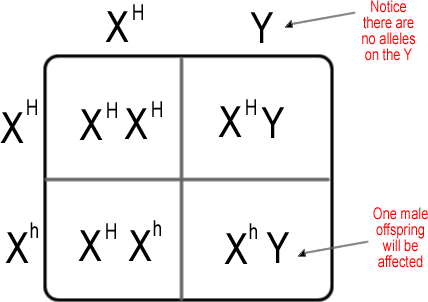BLOOD DISORDERS
🩸Anemia
- Iron-Deficiency Anemia (most common)
- Aplastic Anemia - bone marrow does not produce enough RBC
- Hemorrhagic anemia - due to extreme blood loss
- Pernicious anemia - B12 deficiency
- Sickle Cell Anemia (genetic)
🩸Leukemia
- Cancer of white blood cells
- Overproduction of immature white blood cells (leukocytes)
- They take the place of RBCs
- Symptoms include fatigue, weakness, weight loss, bleeding/bruising
- Treatable with bone marrow transplants, chemothemotherapy, radiation
🩸Mononucleosis (Epstein-Barr Virus)
- Sometimes called "mono" or "the kissing disease"
- EBV is very common, and many people have been exposed to the virus at some time in childhood.
- Symptoms include fever and fatigue (sometimes lasting months)
🩸Septicemia (Blood Poisoning)
- An infection enters the blood stream, can be deadly
- Treated with antibiotics
🩸Thrombocytopenia
- Low production of platelets (bone marrow)
- Enlarged spleen
- Causes excess bleeding or bruising
Genetic Disorders of the Blood
🩸Sickle Cell Anemia
- Genetic Disorder, Abnormally shaped blood cells
- Symptoms: fatigue, pain in joints, low oxygen
- Parents can be carriers (asymptomatic)
- Sickle Cell Anemia is codominant
AA = normal
Aa = sickle cell trait (few symptoms)
aa = sickle cell anemia

🩸Cooley's anemia (Beta -Thalassemia)
- Pale skin, abdominal swelling, weakness
- Enlargement of spleen
- Iron overload
- Red blood cells appear faded (hypochromia)
- Recessive disorder
- Treated with blood transfusions
🩸Hemophilia
- Condition where blood does not clot, also known as "bleeder's disease"
- Hemophilia is sex-linked, meaning it is carried on the X chromosome.
- Females can be normal, carriers, or have the disease
- Males can be normal or have the disease, but they cannot be carriers because they only have a single X chromosome.
- (Males are XY, females are XX)
This shows a cross between a female who is a carrier and a normal male.

Practice Problems: Genetics of Hemophilia
